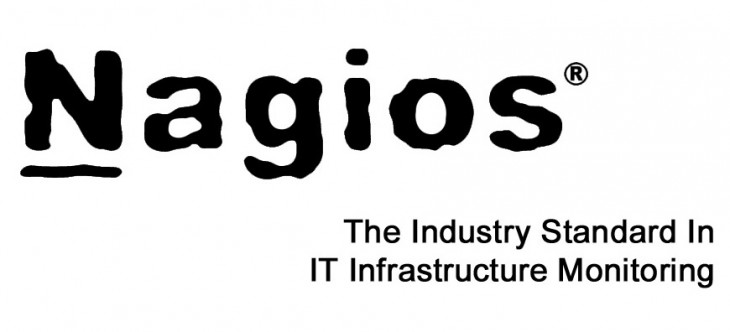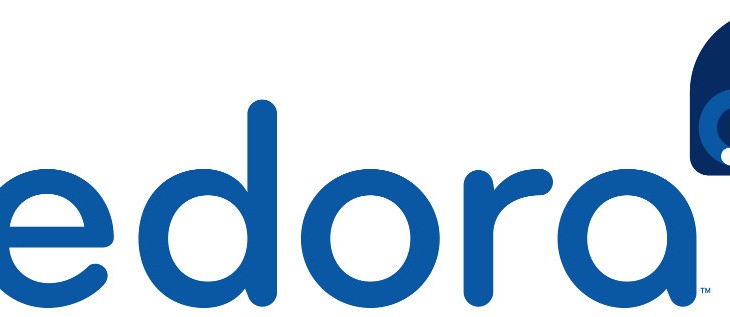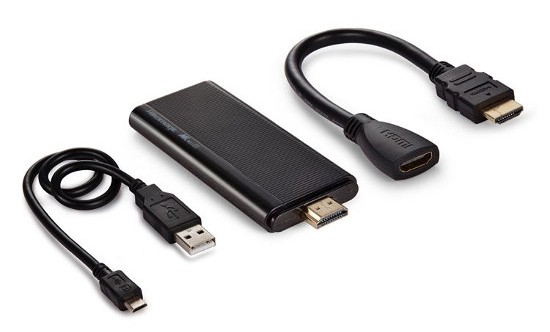
A while ago i wrote an article about Nagios migration to a new Linux server. This project also included migration of Pnp4nagios data. Since i was migrating Nagios to a new architecture (i386 -> x86_64) i had to convert RRD files to XML, transfer them to the new server and convert them back from XML to RRD. […]




